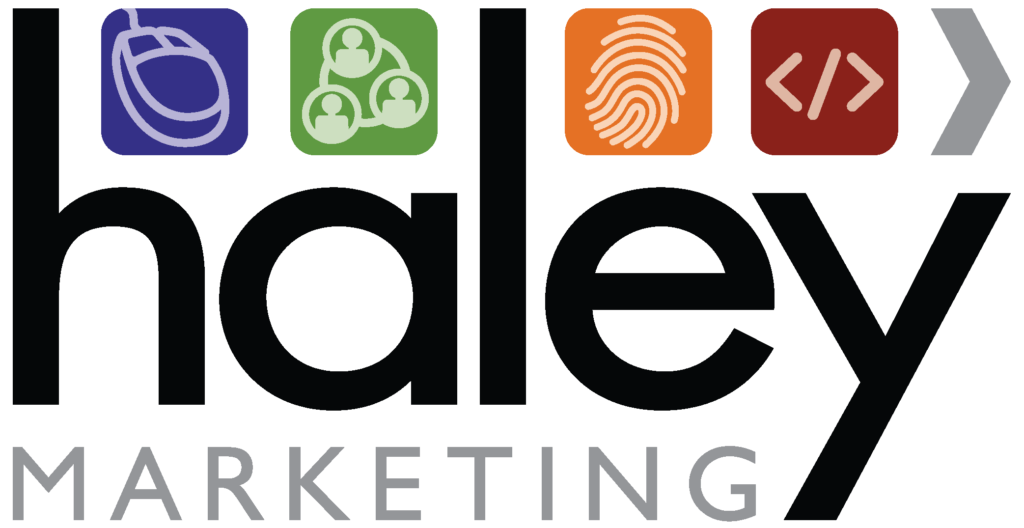What will result in success?
With any investment made by your staffing agency, it could be internal hiring, recruiting spend, marketing spend, etc., you think about it. Before signing that paperwork or making that decision to move forward, that question probably pops up.
Considering programmatic job advertising shouldn’t be any different.
It’s a question we are asking to prospects and clients when they inquire about using programmatic software to manage their recruitment budgets. Why? Because if we don’t know what success is before we begin, how are we going to measure success after implementing the strategy and tactic? In three months, six months or a year, confusion sets in as we have a lot of data but no idea if we met the goal of the staffing agency.
Let’s look at three areas where staffing agencies and recruiters can find success when using programmatic job advertising.
(Before you panic, we don’t need answers to all of these areas before starting programmatic advertising.)
Applications (or Interviews) Needed to Fill an Open Position
One of the most common questions we receive when talking to a job board publisher on behalf of a staffing agency is “How many applications does the client need to fill its open position?” There’s a very good thought process behind that question.
When creating an estimate for recruitment spend, job board publishers (think Indeed, ZipRecruiter, Neuvoo, Adzuna, Talroo) will look at the number of jobs requiring sponsorship, as well as the geography and the type of position. The suggested budget per job will be different for a warehouse worker in Texas compared to a nurse in New York City. It will be different for an IT contractor compared to an administrative assistant.
Take that to the next level. Estimates won’t be as accurate without knowing if we need 10 applications, 20 applications, 40 applications or whatever amount of applications your recruiters need to find the qualified or placeable candidate.
In staffing, that can be a challenging question to answer. Most job board publishers work with traditional companies and human resource departments who aren’t constantly filling open job orders. Staffing agencies constantly have job orders to fill, so the answer isn’t as simple as it is for a traditional HR department. A candidate that isn’t placed for today’s job could be the right answer for tomorrow’s job.
Not knowing how many applications is OK. What might be an easier question for staffing agencies to answer is “how many interviews do you need to conduct to fill your open position?” That question might be easier to answer since your recruiters have a connection with each interview. They know they have to set up five interviews or 10 interviews to fill the open position. With applications, they might be spending a very short period of time on each one and have no idea if they went through 20 applications, 50 applications or another number.
Success Metric: How many applications do you need for each position? How many interviews do you need for each position?
Cost Per Application
Simply put – what are you willing to pay for an application?
(SIDENOTE: This can be a dangerous question. We have to make sure we are comparing apples to apples. If your expectations revolve around the Indeed Quick Apply, then your CPA goal won’t be met on any other publisher. The combination of the sheer amount of traffic (250 million unique visitors) to Indeed and their application process that has removed all friction, CPAs are lower on Indeed than anywhere else. So keep that in mind.)
OK, back to your cost per application (CPA) goal.
One of the awesome benefits of bidding on a CPA basis is that if your goal isn’t met, your money won’t spend. If you have a $5 CPA and applications are averaging $7.50, the programmatic software won’t raise your bid just because you have a budget to spend. Some applications will come in at the $5 CPA goal but it won’t stretch and raise your CPA bid.
Building off of that, we might learn that your CPA goal isn’t realistic. In a tough candidate market, it might be close to impossible to meet your CPA goal. The publishers might not be able to deliver at your CPA goal. That leads to a decision of trying to find another source for applications or raising your CPA goal to meet the market demand.
On the positive side, maybe your CPA goal is too high. With the $5 CPA goal, maybe we only need to spend $4/application. The software will deliver applications below the initial goal since the market rate is actually coming in below the budget.
Either way, programmatic software helps build a budget around your CPA goal and delivers data that shows if adjustments are necessary. If you want to bid $5, $10, $20 for an application, then the software does everything in its power to meet that goal and not waste your budget.
Success Metric: How much are you willing to pay for an application?
Spend Per Job
Going over the data with a programmatic client recently, we show job performance about each job. The details include applications, clicks, CPA and total amount spent per job (among other things.) When reviewing the data, our client said something very interesting during the review call.
“That amount of money spent on the paralegal job would mean we need two weeks of a placement just to get the recruitment spend back.”
Right there, in that sentence, was music to my ears because we could easily solve that problem.
The follow-up question would be, “What is the maximum amount of money you would want to spend on that job?” For example, if the response is $100, we can set the software to stop spending when $100 is spent on that job.
Here’s what is very important about that $100 example.
We don’t want to say that we HAVE to spend $100 on the open job. That would defeat the entire purpose of performance-based advertising. The purpose of having the upper limit for an individual job is to prevent runaway spending. If we didn’t have an upper limit in place, one job could deliver hundreds of applications but it also could spend 25 percent, 50 percent of your budget. That’s not what we want.
Look at your margins and determine what you’re willing to spend on each job. Set upper limits to prevent runaway spending. Remember: six percent of job advertisements get 36 percent of the applications.
Success Metric: How much are you willing to spend on an individual job to find a placeable candidate?
Moving Forward with Programmatic
These three metrics are perfect examples of key performance indicators (KPIs.) They let us know how we can measure success. To start with programmatic advertising, we don’t need the answer to all three areas. Knowing the answers to one or two is a great start.
The data will provide the information necessary to help us get to making better decisions in all three of these areas. If we learn that a goal of $5 for applications is unrealistic, then we can make adjust. If we set an upper limit of $100 for a job and can get enough applications by only spending $75, your staffing agency will receive that benefit of not overspending $25.
Programmatic tactics help staffing agencies meet their recruitment goals in a data-driven fashion. Budgets might have to be adjusted. Different job publishers might need to be used. Job descriptions might have to be re-written.
Think about some of your business goals and consider how programmatic job advertising can help.













